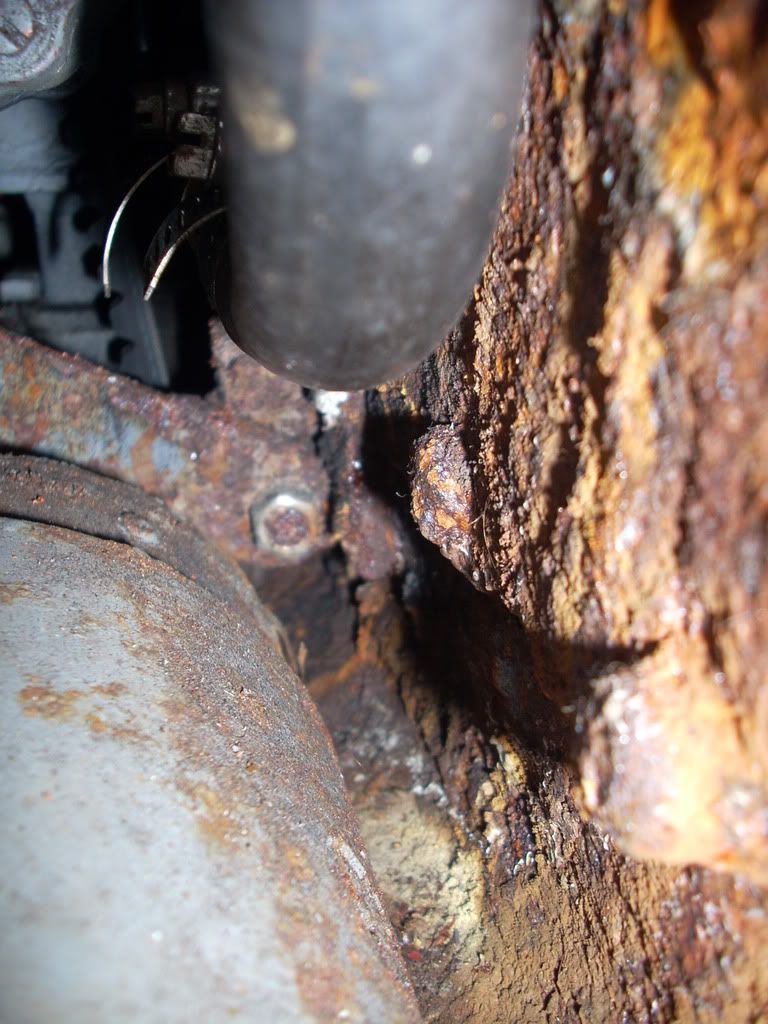steven
Sustaining Member
A4-aholics might be interested in this.
no water out the exhaust
+ water intake thruhull is open
+ impeller is fine
+ thermostat seems ok
+ water in the bilge but I just pumped it dry and why is the alternator wet
= corrosion hole in the water jacket side plate.
replacable (by mechanic - I wouldn't try it on my own unless the engine was on a bench). Had ss bolts instead of original so this was at least the second replacement.
--Steve


no water out the exhaust
+ water intake thruhull is open
+ impeller is fine
+ thermostat seems ok
+ water in the bilge but I just pumped it dry and why is the alternator wet
= corrosion hole in the water jacket side plate.
replacable (by mechanic - I wouldn't try it on my own unless the engine was on a bench). Had ss bolts instead of original so this was at least the second replacement.
--Steve

![water jacket side plate - Atomic4 [c].JPG](/ie/data/attachments/3/3695-a0af6c3e8324fc5f8eea2d6918fb400e.jpg)
